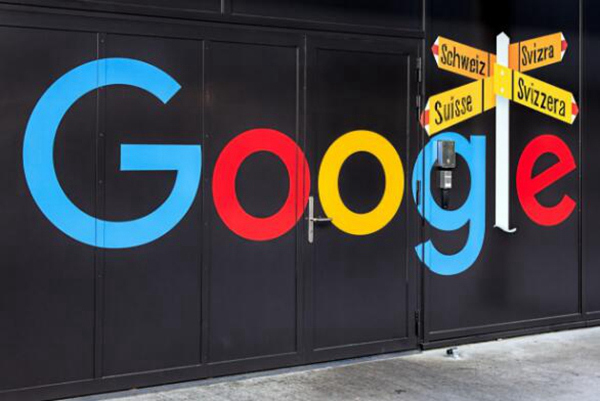OpenAI announced the release of two open-source weight language models—gpt-oss-120b and gpt-oss-20b, marking OpenAI's return to the open-source domain for the first time since the release of GPT-2 in 2019. This move not only signifies a major shift in OpenAI's strategy but also provides global AI developers with powerful reasoning tools, accelerating the popularization and innovation of AI technology.

Open Weight Models, Granting Developers Greater Freedom
According to OpenAI's official announcement, gpt-oss-120b and gpt-oss-20b are released under the Apache 2.0 license, allowing developers to freely download, modify, and use them for commercial purposes. These two models are mixture-of-experts (MoE) architectures with 117 billion and 21 billion parameters respectively, activating 5.1 billion and 3.6 billion parameters, balancing efficient reasoning with low resource consumption.

- gpt-oss-120b: Can run on a single NVIDIA H100 GPU (80GB memory), suitable for data centers or high-end enterprise scenarios, with performance close to OpenAI's proprietary model o4-mini, especially excelling in competitive programming (Codeforces), general problem solving (MMLU, HLE), and health-related queries (HealthBench).
- gpt-oss-20b: Can run on edge devices with just 16GB of memory, suitable for local reasoning and device-side applications, with performance comparable to o3-mini, particularly excelling in competitive mathematics (AIME2024 & 2025) and other fields.
These models support a context length of up to 128k tokens, use alternating dense and locally banded sparse attention mechanisms, and employ grouped multi-query attention to improve reasoning efficiency. OpenAI has also open-sourced the 'o200k_harmony' tokenizer, further lowering the development barrier.
Safety and Responsibility, Redefining Open Source Standards
OpenAI emphasized that safety is a core principle of the gpt-oss series. To address the risk of malicious fine-tuning of open-source models, OpenAI conducted adversarial fine-tuning tests on gpt-oss-120b and verified it through its "Preparedness Framework," confirming that even after malicious optimization, the model does not reach a high-risk capability level in areas such as biology, chemistry, and cybersecurity. External security experts have further enhanced the model's security standards.
Additionally, OpenAI urges developers to implement additional safety measures based on their needs when using the model to address potential risks in diverse application scenarios. The model card and research paper detail the security test results, providing transparent references for the open-source community.


Strategic Shift, Responding to Open Source Competition and Enterprise Needs
This move by OpenAI is seen as a strategic adjustment in response to competition in the open-source field. In recent years, companies like Meta and DeepSeek have captured the market by opening up their models, forcing OpenAI to re-evaluate its closed-source strategy. Sam Altman, CEO of OpenAI, stated in a Reddit AMA that the company's previous open-source approach was "on the wrong path," and this release marks the first step in fulfilling its commitment to returning to open source.
At the same time, the gpt-oss series meets the needs of enterprises for localized deployment and data privacy. Financial, healthcare, and legal industries with strict regulations can deploy the models on private servers, avoiding the risk of data leaks. OpenAI has also partnered with institutions such as AI Sweden to explore regional fine-tuning to enhance the model's performance in specific languages and cultural contexts.
Empowering Developer Ecosystems, Unlocking New Possibilities in AI
The gpt-oss series supports multiple development frameworks, such as Transformers, vLLM, Ollama, and llama.cpp. Developers can download the model weights from platforms like Hugging Face and GitHub and quickly get started using reference code provided by OpenAI. The model includes chain-of-thought reasoning, tool calling (supporting Python code execution, web search, etc.), and structured output (JSON, YAML, etc.), making it ideal for building intelligent agent workflows.
Additionally, the model supports three levels of reasoning (low, medium, high), allowing developers to balance speed and accuracy based on task requirements.
The release of gpt-oss not only provides developers with high-performance, low-cost AI tools but also has a profound impact on the AI industry landscape. Compared to Meta's Llama or DeepSeek's R1, gpt-oss has clear advantages in reasoning capabilities and tool usage, but its limitation to a single-text modality means that multi-modal functionality must be supplemented via API calls.
OpenAI stated that it will continue to optimize the gpt-oss series based on community feedback, but did not commit to specific update plans. Industry experts believe this move may encourage more enterprises to adopt hybrid AI strategies, combining open-source models with cloud services to balance cost and flexibility.
Official blog: https://openai.com/zh-Hans-CN/index/introducing-gpt-oss/







